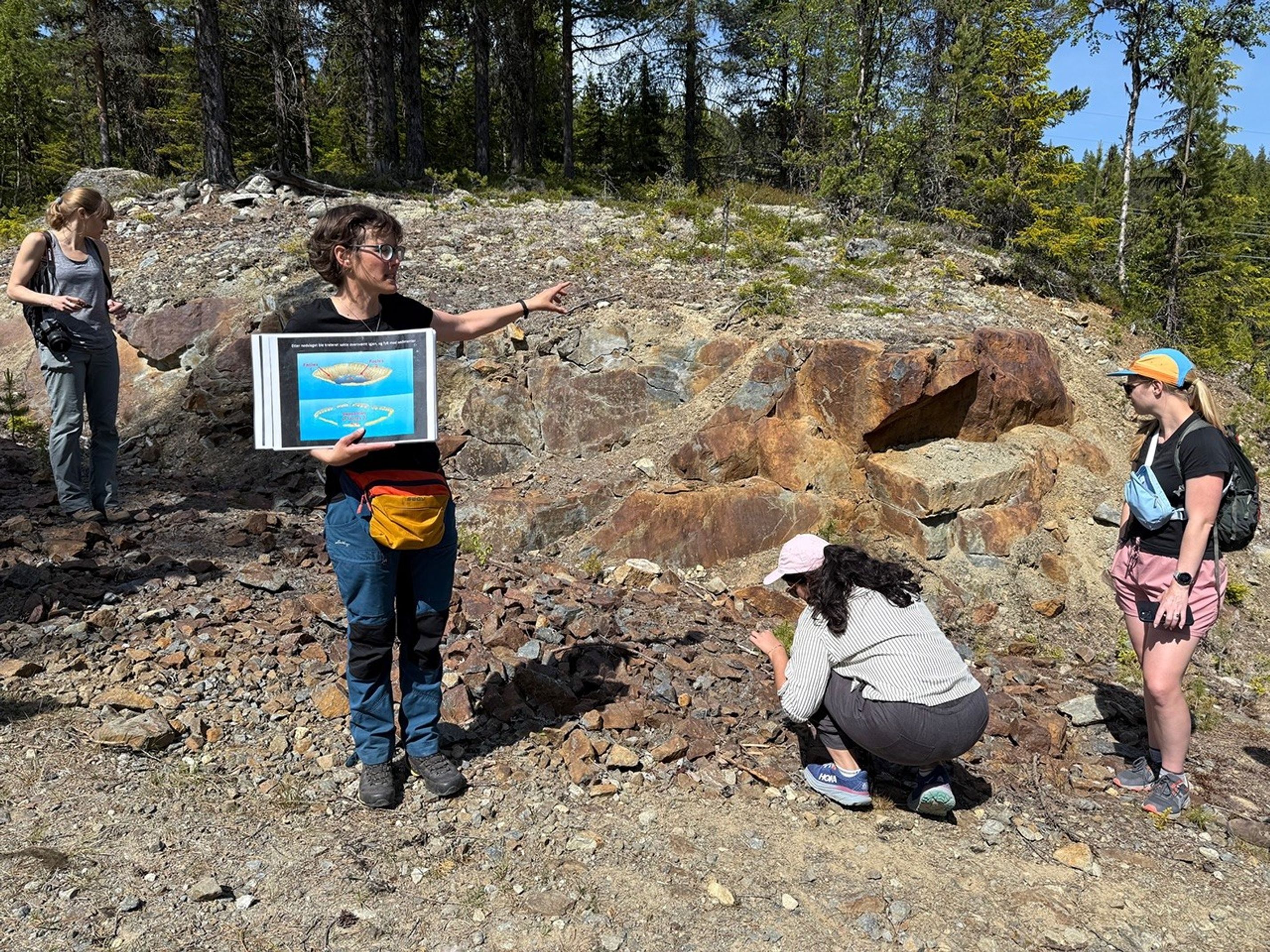We are in the midst of a mini-campaign to further examine eolian (wind erosion, transport and depositional) processes on Mars.
We are in the midst of a mini-campaign to further examine eolian (wind erosion, transport and depositional) processes on Mars. Curiosity is parked on a dark sand sheet investigating the composition and texture of the sand grains from different regions of the sand sheet, as well as any current motion of sand grains. Yesterday, Curiosity imaged a coarser grained, darker ripple crest (“Airor”) and a finer grained, redder trough area (“Ratharsair”) with MAHLI, and investigated the composition of the trough target with APXS. In the plan today, those images will be utilized to take even closer-up, higher resolution images of the crest and trough targets with MAHLI. These will facilitate detailed analysis of grain size, shape and colour. The APXS will analyze the composition of the trough target in this plan, and differences in the chemistry between the trough and crest can then hopefully be linked to grain texture and eolian processes. We also planned ChemCam LIBS measurements and accompanying Mastcam documentation imaging of the “Kames Bay” sand target. In order to look for motion of sand grains, Mastcam and MARDI change detection images will be taken at approximately the same time of day as they have been in the previous few plans.
As the APXS strategic planner, not only was I involved in helping to oversee today’s APXS activities, but also in the pre-planning of upcoming APXS observations for the next plan. We will try to get APXS compositional data on an area disturbed and scuffed with the rover wheels before driving away. This should allow us to compare the composition of the surface of the sand sheet with the subsurface, perhaps providing further insights into eolian processes.
The environmental group planned standard observations to monitor the atmosphere including Navcam suprahorizon and dust devil movies. Standard REMS, RAD, DAN passive and active measurements will also be acquired.
Written by Lucy Thompson, Planetary Geologist at University of New Brunswick































